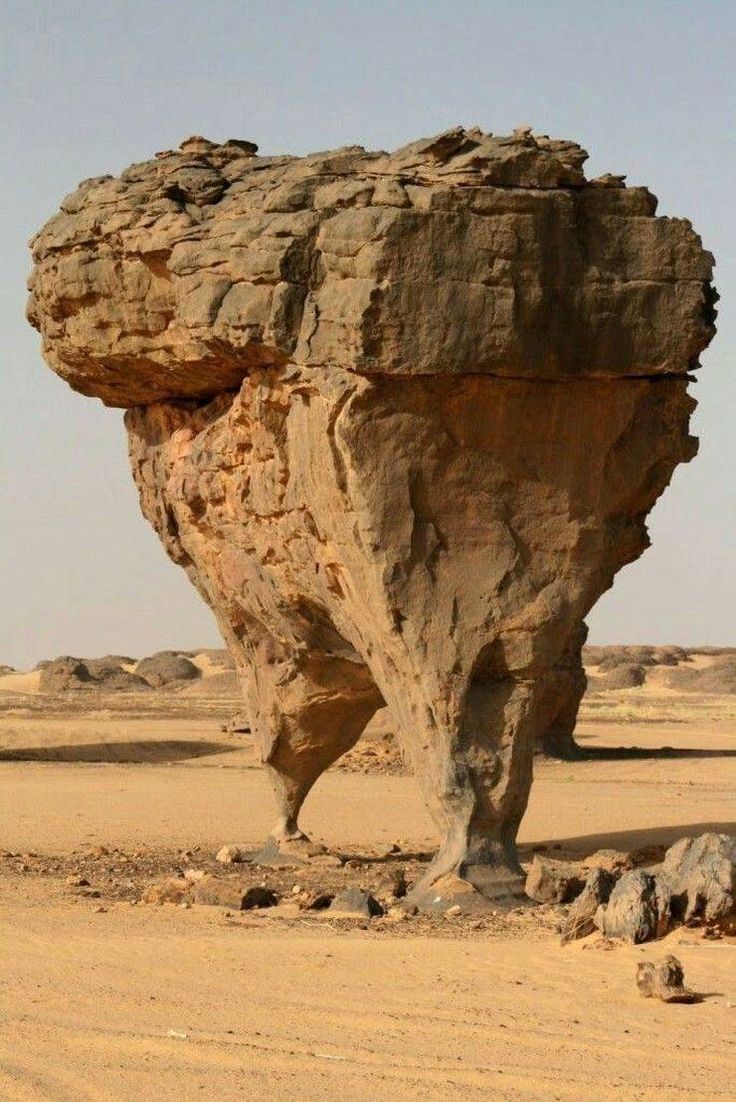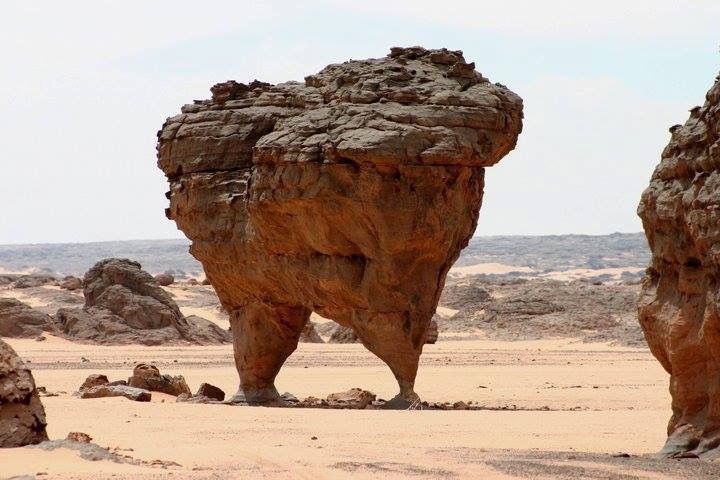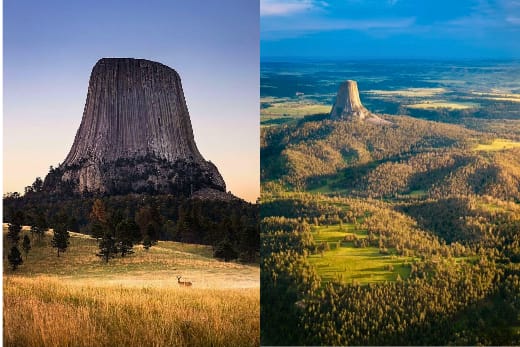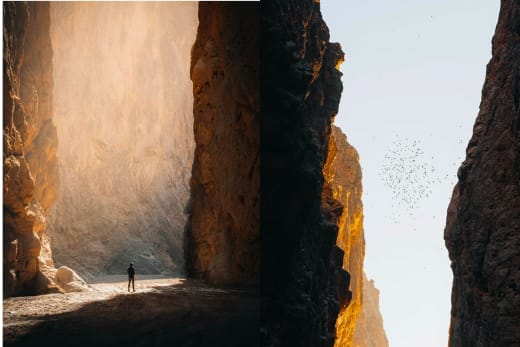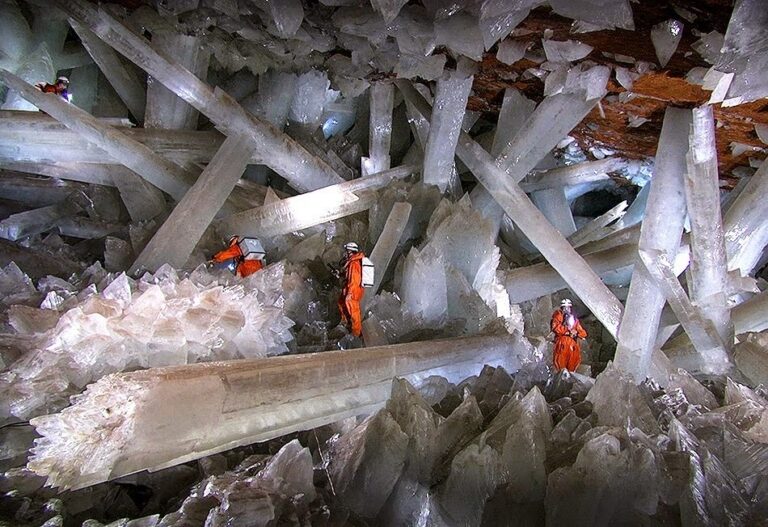Located in the Tamanrasset region of southern Algeria, the Mushroom Rock—locally referred to as La Roche Champignon—is a striking geological formation shaped over millennia by wind and sand erosion. Resembling a stone mushroom, this natural monument features a broad, flat top supported by a narrow pedestal, giving it its distinctive appearance.
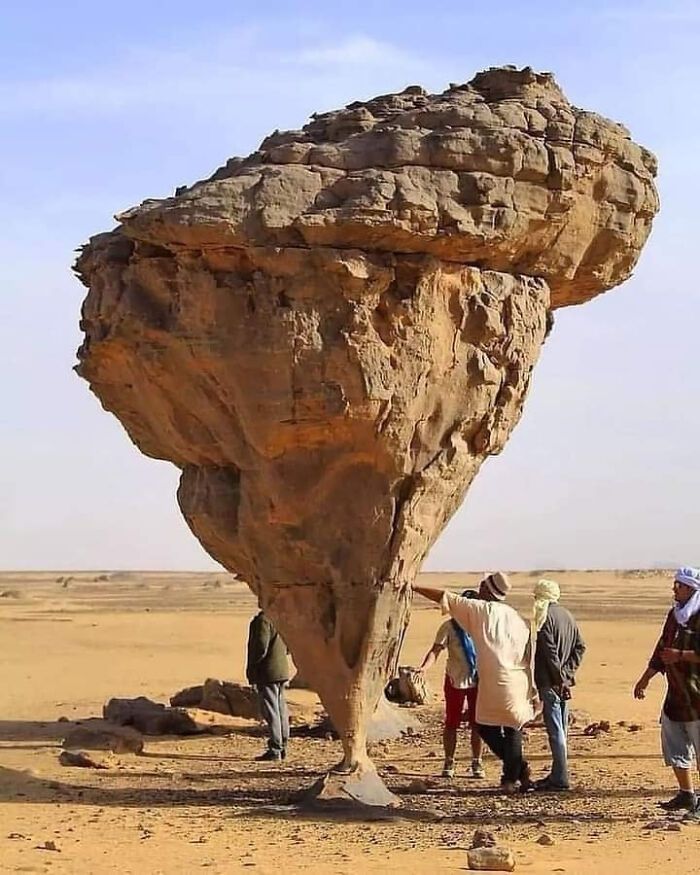
Positioned in the heart of the Algerian Sahara, the rock stands isolated in a remote and largely uninhabited landscape. Its unique form is the result of differential erosion, where wind-driven sand gradually wears down the softer parts of the rock at a faster rate than the harder layers above.
While not officially marked on most maps, the Mushroom Rock has long been known to Tuareg nomads who traverse the region. It holds cultural significance and is often regarded as a symbolic landmark amidst the vast desert.
“It’s just a rock, they say. But out here, where the world is flat and quiet, it feels like it’s watching you.” — Tuareg Guide
Scientists attribute its formation to natural geological processes, particularly the effects of abrasion and sedimentary weathering acting over thousands—possibly millions—of years. Its endurance is a testament to the slow yet powerful forces of nature that continue to shape the Sahara’s dramatic terrain.
“You come here expecting heat and dust. You leave remembering the shape of silence.” — Saharan Traveler
Today, the Mushroom Rock remains a notable example of wind-sculpted landforms found in arid environments and is occasionally visited by travelers and photographers seeking to witness one of the Sahara’s quiet yet awe-inspiring features.
